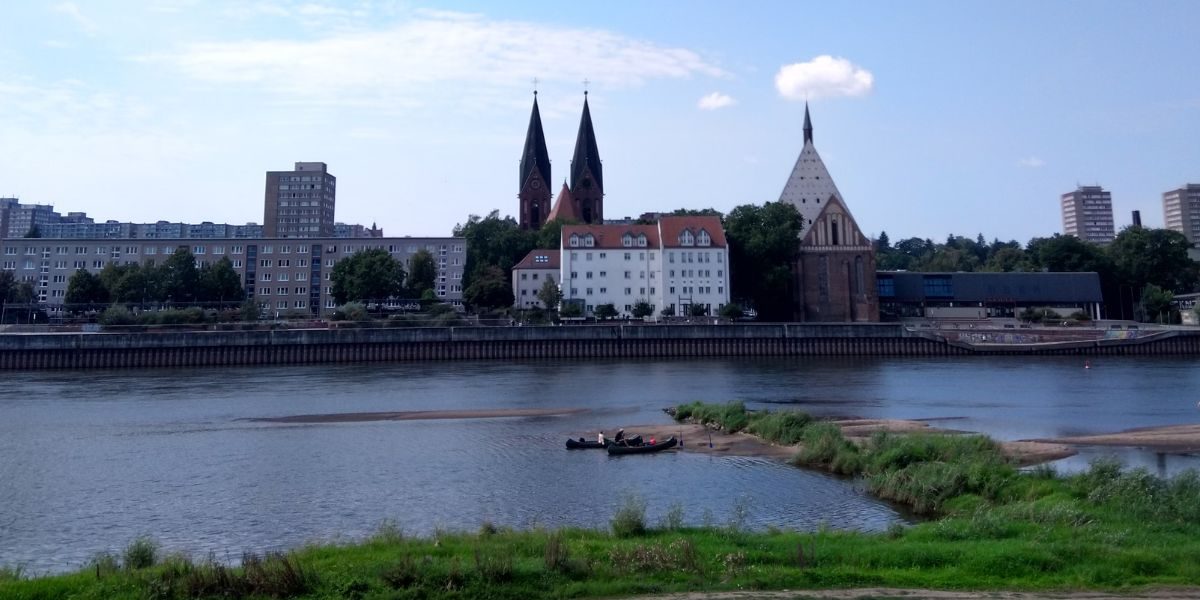Many U.S. cities are grappling with the gradual sinking of their land, a phenomenon driven by various environmental and human-made factors. While it may seem like a slow process, the effects of sinking ground can have far-reaching consequences for infrastructure, residents, and overall urban stability. The problem stems from a combination of natural forces, such as geological changes, and human activities, such as urban development and resource extraction. By examining the core causes of this sinking process, it becomes clear that understanding the contributing factors is key to addressing the long-term impact on cities.
Read also: Exploring the Potential for Dallas to Evolve into a Leading Smart City
How Does Groundwater Extraction Contribute to Sinking Cities?
Groundwater extraction is one of the primary contributors to land subsidence in urban areas. Cities such as those in California’s Central Valley have experienced noticeable sinking due to the extensive extraction of groundwater for agricultural and urban use. As water is removed from underground aquifers, the ground above begins to compress. The soil loses its structure, causing the surface to gradually sink. This process is often not immediately visible but accumulates over time, leading to significant changes in land elevation. As groundwater levels drop, the risk of subsidence increases, especially in cities that rely heavily on groundwater as a primary source of water. In certain areas, the land has sunk by several feet, causing damage to roads, utilities, and buildings.
What Role Does Urban Development Play in the Sinking Process?
Urban development is another key factor contributing to the sinking of cities. As urban populations grow, large amounts of infrastructure are built, placing significant weight on the land. In cities such as Houston, this rapid urbanization has led to shifts in the ground beneath. Heavy buildings, roads, and bridges add pressure to the soil, leading to its compression. This is particularly true in areas built on soft, unstable soil or reclaimed land. In places where development is not carefully planned, the ground may not be stable enough to support the weight of these structures. As a result, subsidence can occur gradually, affecting the stability of the entire area. Cities that have expanded quickly without regard to the stability of the underlying land are particularly vulnerable to this issue.
How Does Climate Change Impact Sinking U.S. Cities?
Climate change is increasingly contributing to the sinking of coastal cities across the United States. As sea levels rise due to melting ice caps, cities along the East Coast and Gulf Coast are facing growing threats from flooding and land erosion. In places like Miami, rising sea levels have caused significant flooding, which, over time, has resulted in the sinking of the land. Additionally, the increased frequency and intensity of storms exacerbates this issue, leading to further erosion and shifts in the landscape. The combination of land sinking and rising sea levels creates a compounded threat for coastal cities, making it harder for infrastructure to stay intact. Coastal areas that were once protected by natural barriers such as wetlands are now more susceptible to flooding and subsidence as climate change accelerates.
What Are the Consequences of Sinking Cities on Urban Infrastructure?
The sinking of cities has severe consequences for infrastructure. Roads, bridges, buildings, and utility systems are all vulnerable to the effects of subsidence. In areas like New Orleans, the sinking land has already caused infrastructure issues, including cracking roads, unstable bridges, and shifting buildings. In some cases, entire neighborhoods have experienced noticeable land subsidence, resulting in the need for costly repairs or even relocation. The stress on urban infrastructure doesn’t stop at roads and buildings; it also impacts utilities like water, sewer, and electricity lines.
As the ground shifts, underground pipes and cables can be damaged, leading to service disruptions. The financial burden of maintaining and upgrading infrastructure to adapt to these shifts is substantial and places a strain on city budgets. In cities where subsidence is widespread, rebuilding entire neighborhoods or even redesigning entire sections of the city may become necessary.
Read also: Green Spaces in Dallas: Why Nature Matters to City Life
What Are the Solutions to Mitigate the Risk of Sinking Cities?
Mitigating the risk of sinking cities requires a comprehensive approach, including reducing reliance on groundwater, improving urban development practices, and addressing the effects of climate change. Cities that rely heavily on groundwater, such as those in California’s agricultural regions, can begin exploring alternatives like desalination or water recycling. By reducing the amount of groundwater extracted, the rate of land subsidence can be slowed. Additionally, cities can prioritize sustainable development, building on solid, stable land and using advanced engineering methods to reinforce vulnerable areas. In cities with coastal risks, constructing sea walls, elevating infrastructure, and restoring natural barriers like wetlands can help protect against the combined effects of land subsidence and rising sea levels.
Regular monitoring of land shifts is another critical strategy. Cities like San Francisco and Miami are using advanced technology to track land movement and predict future shifts. With accurate data, urban planners can make informed decisions on where and how to build, ensuring that new developments are less likely to exacerbate the problem. Additionally, encouraging the use of green infrastructure, such as permeable surfaces and urban forests, can help mitigate the effects of climate change and reduce the pressure on the ground. By implementing these solutions, cities can better manage the risks associated with sinking land and protect their infrastructure for the future.
The sinking of U.S. cities is a multifaceted issue influenced by various factors, including groundwater extraction, urban development, and climate change. While the consequences for urban infrastructure are significant, cities can take steps to minimize the risks. By investing in sustainable practices, embracing climate-resilient strategies, and closely monitoring land shifts, cities can help mitigate the long-term impacts of sinking ground. As urban areas continue to grow, addressing these challenges will be crucial to ensuring their stability and resilience.















